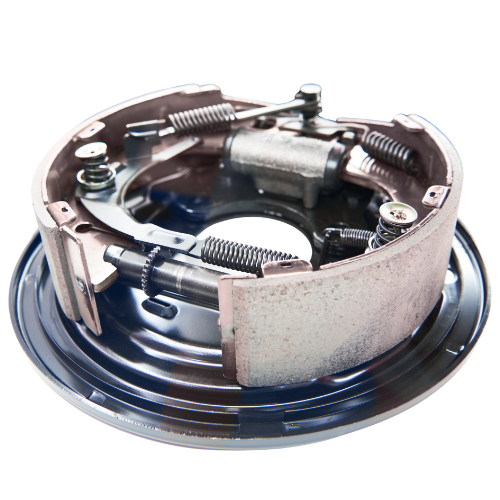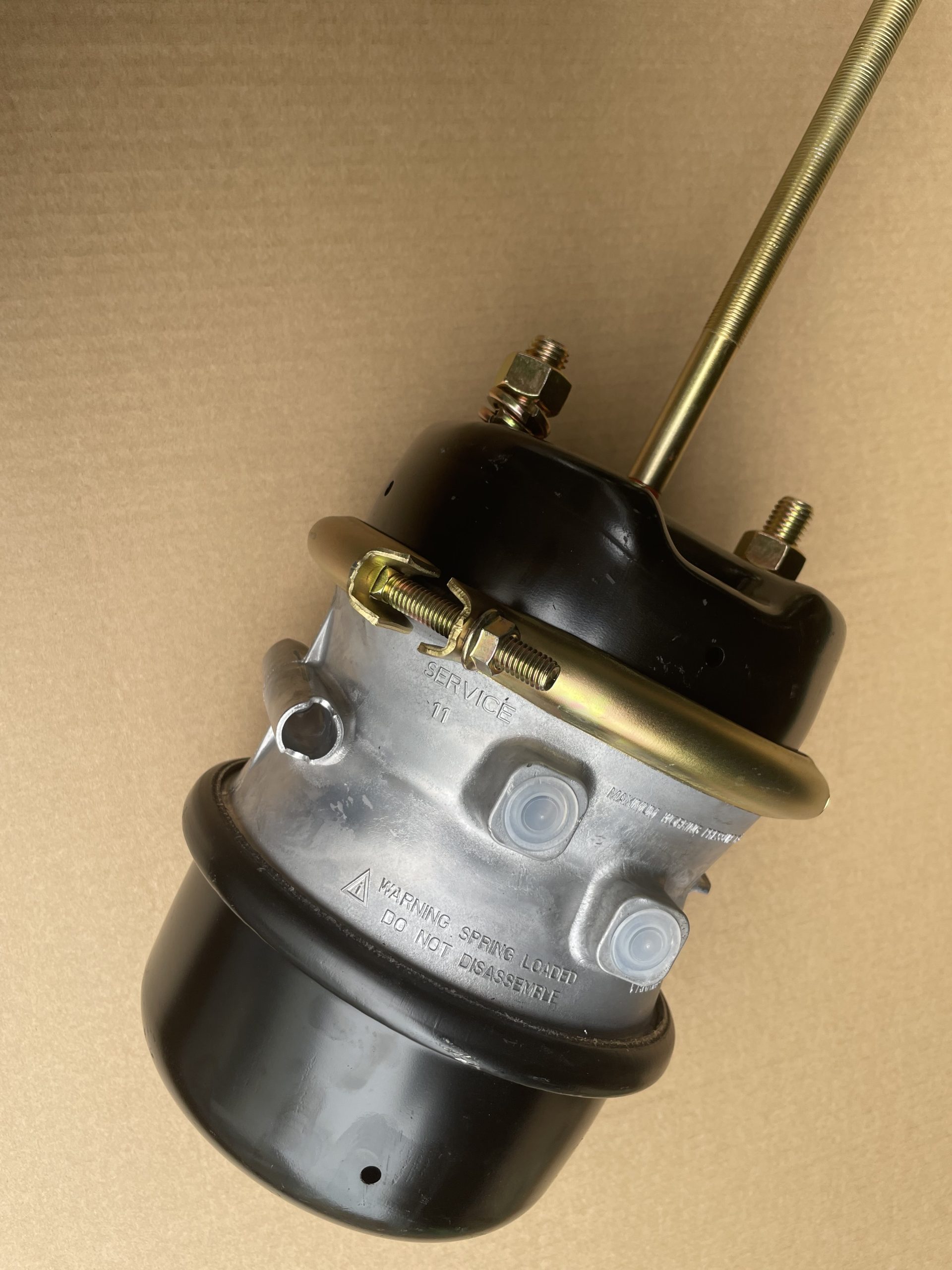Explore the four key components that make up a truck’s brake system—engineered to ensure safe, reliable, and powerful stopping performance on every road.

For any heavy duty truck, the braking system is not merely a collection of parts; it is a meticulously engineered network designed to bring massive loads to a safe and controlled stop. Among the various systems in a commercial vehicle, the air brakes system stands as paramount, offering the robust stopping power required for large trucks. Understanding its core components is essential for operators, maintenance professionals, and anyone involved in the trucking industry.
This article will delve into the four primary components that form the backbone of a truck's air brake system, highlighting their individual functions and collective importance.
At the very beginning of the braking sequence lies the air supply system, which is responsible for generating, conditioning, and storing the compressed air vital for brake operation. Without a consistent and clean supply of air, the entire braking mechanism would be rendered inoperable. This system comprises several key elements:
The integrity of the air supply system directly impacts the responsiveness and effectiveness of the brakes. Any compromise in air pressure or quality can lead to delayed braking or system failures, underscoring the need for high-quality components and diligent maintenance.

Once compressed air is supplied, the brake chamber acts as the crucial intermediary, converting pneumatic energy into mechanical force. This component is typically a sealed, round metal housing found at each wheel end of the truck.
Here's how it functions:
The efficiency and responsiveness of the brake chamber are vital. A worn or damaged chamber can result in sluggish brake application, uneven braking across axles, or a complete loss of braking power for that wheel. Therefore, a timely brake chamber replacement using high-quality parts is essential for maintaining consistent braking performance and overall vehicle safety.
The slack adjuster is a deceptively simple yet critically important component that ensures the proper functioning of drum brakes. Its primary role is to maintain the correct distance, or "slack," between the brake shoes and the brake drum as the brake linings wear down.
Without properly functioning slack adjusters, the brake pedal would have to be pushed further and further to achieve braking, eventually leading to a point where full braking force cannot be generated. This creates a significant safety hazard. Both slack adjuster truck and semi truck slack adjuster units are engineered to withstand the demanding forces of heavy braking, making their proper function critical for consistent stopping power.
These components represent the final stage of the braking process, where mechanical force is converted into friction to slow and stop the vehicle. The type of system depends on whether the truck uses drum brakes or disc brakes.
Brake Drums and Brake Shoes:
Brake Rotors and Brake Calipers (Disc Brakes):
While drum brakes are common, many modern heavy-duty trucks also utilize disc brakes, especially on front axles or for specific applications.
The effectiveness of a truck's braking system hinges on the seamless interaction and individual integrity of these four main components. A weakness in any single part—be it an air leak from the supply system, a faulty brake chamber, a misadjusted slack adjuster, or worn brake shoes—can compromise the entire system, leading to dangerous situations.
For instance, if the air supply is contaminated, it can damage the internal components of the brake chambers. If slack adjusters fail to maintain proper clearance, the brake shoes may not engage the brake drum effectively, regardless of how much air pressure is supplied.
Therefore, investing in high-quality components and adhering to a rigorous maintenance schedule are not just best practices; they are essential for safety and operational efficiency. Choosing parts from reliable truck brake calipers manufacturers and suppliers who understand the demands of heavy duty trucking ensures that each component is built to perform under pressure.
The four main components of a truck's air brake system—the air supply system, brake chambers, slack adjusters, and the friction components (like brake drums and brake shoes or brake calipers and rotors)—work in concert to provide the critical stopping power required for commercial vehicles. Each part plays an indispensable role, and their collective reliability dictates the safety and efficiency of the entire truck. Understanding these components and prioritizing quality in their selection and maintenance is fundamental for ensuring safe journeys and maximizing the operational lifespan of any heavy-duty truck.